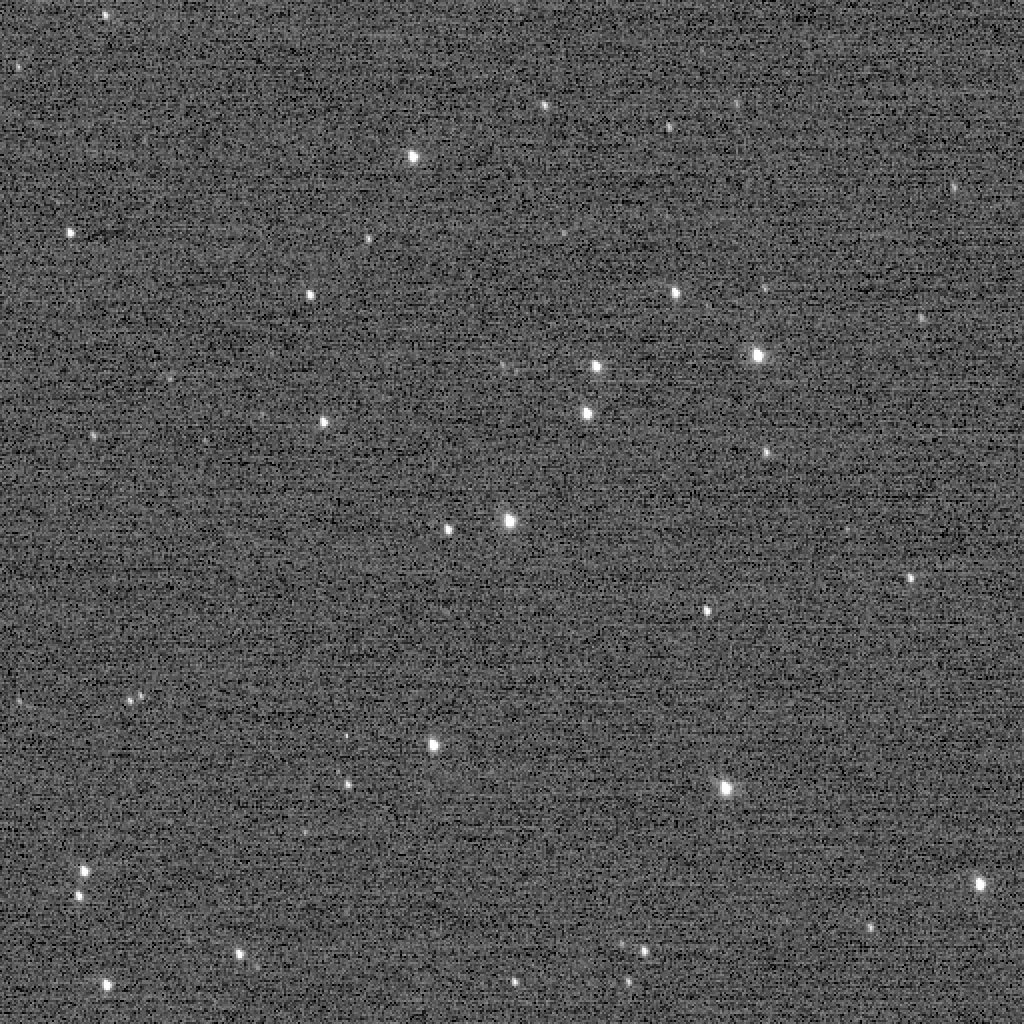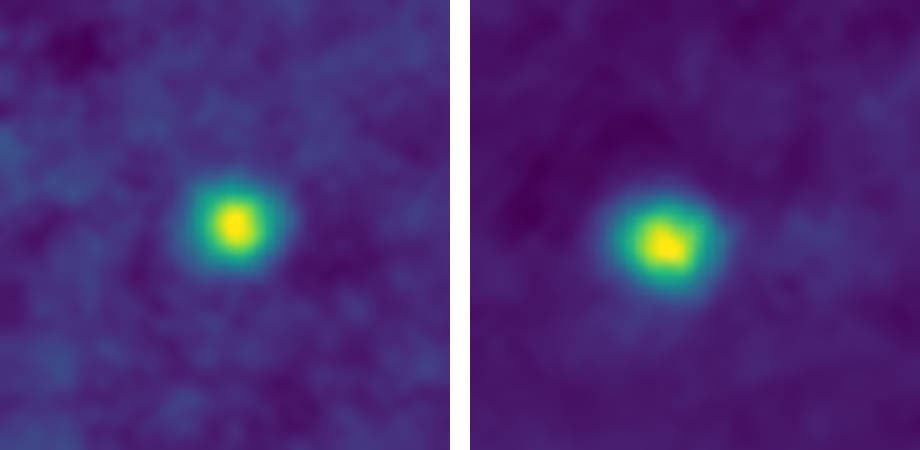As the interplanetary New Horizons probe woke up from its hibernating slumber, it turned its telescopic camera toward a field of stars and took a picture — making history.

Launched in 2006, the New Horizons mission stayed true to its name. It performed an unprecedented flyby study of the Pluto system in 2015, offering a dramatic view of the dwarf planet and its satellites. Now, the shuttle is currently on its way to study one or more other Kuiper belt objects.
Most of the time, New Horizons is sleeping — hibernating, to save energy. But every once in a while, it wakes up, and it snaps a few photos which it then beams back to Earth. With its latest wake-up, it broke the record for the farthest image humanity has ever taken away from Earth. Two hours later, it broke it again.
“New Horizons has long been a mission of firsts — first to explore Pluto, first to explore the Kuiper Belt, fastest spacecraft ever launched,” said New Horizons Principal Investigator Alan Stern, of the Southwest Research Institute in Boulder, Colorado. “And now, we’ve been able to make images farther from Earth than any spacecraft in history.”

When you’re traveling through 700,000 miles (1.1 million kilometers) of space each day, nothing stands still. New Horizons is one of only five shuttles which has managed to reach the escape velocity required to exit the solar system. It’s not just taking awesome photos on its path, but also carrying measurements of the plasma, dust and neutral-gas environment along the way, enabling astronomers to better understand the outskirts of our solar system. Now, it’s heading towards the Kuiper Belt, the circumstellar disk surrounding our solar system.
The Kuiper Belt is similar to the asteroid belt but is far larger: 20 times as wide and 20 to 200 times as massive. Specifically, New Horizons is targeting 2014 MU69, a mysterious object (or pair of two objects) which Alan Stern, mission principal investigator from the Southwest Research Institute (SwRI), has called “provocative” and a “scientific bonanza.”
New Horizons is reportedly healthy and everything is functioning as planned. The next awakening is scheduled for June 4. When that happens, it will break the record again.
You can follow New Horizons’ epic adventure here.
Was this helpful?



